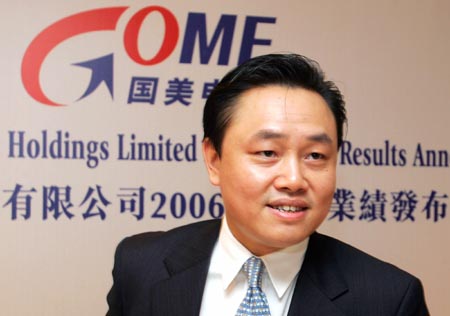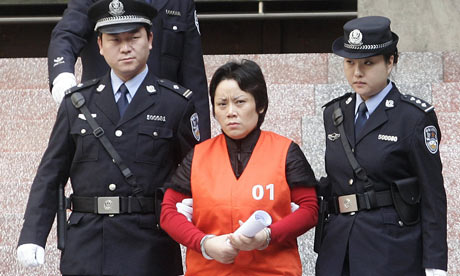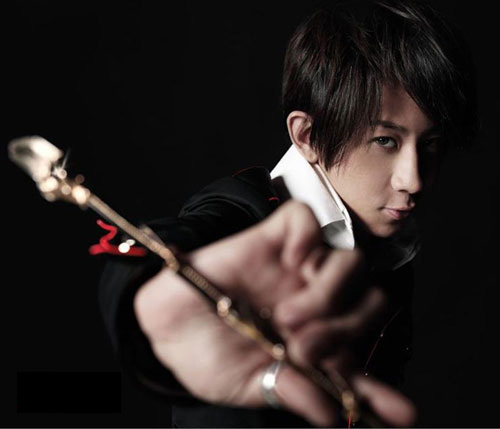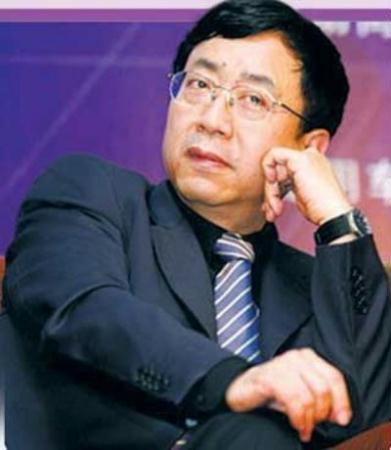 In the trendy Harajuku neighborhood of Tokyo, the latest street fashions, like thigh-high boots, are on display in shop windows. Ko Sasaki for The New York Times
In the trendy Harajuku neighborhood of Tokyo, the latest street fashions, like thigh-high boots, are on display in shop windows. Ko Sasaki for The New York Times
January 2, 2010
TOKYO — Japan’s trailblazers of street fashion are the envy of Western designers, spawning Web sites filled with snapshots of Tokyo youngsters in the latest distressed jeans or psychedelic stockings.
With city sidewalks as their catwalks, young Japanese flaunt carefully layered tops and thigh-high boots sporting labels like Galaxxxy, Phenomenon and Function Junction.
But most of Tokyo’s clothing designers have not figured out how to cash in on the city’s fashion sense. Only a handful of Japanese brands, like A Bathing Ape or Evisu Jeans, have gained traction beyond the nation’s shores. Chic local labels like Fur Fur and Garcia Marquez Gauche remain mostly unknown outside Japan.
Experts say that the nation’s fashion industry is too fragmented and too focused on the domestic market to make it overseas.
“For much of this decade, fashion trends have started in Japan and gone global. But Japanese brands don’t even realize that,” said Loic Bizel, a French-born fashion consultant based in Tokyo. Japan “generates trends and ideas, but it stops there,” he said. “Many brands are not even interested in going overseas.”
So each season, Mr. Bizel takes fashion industry buyers from America and Europe — mass clothiers like Hennes & Mauritz of Sweden and Topshop of Britain — to buy up bagfuls of the latest hits. The designs are then whisked overseas to be reworked, resized, stitched together and sold under Western labels.
In that business model, there is little financial gain for Japan. In 2008, Japan’s clothing and apparel-related exports came to a mere $416 million, dwarfed by the $3.68 billion exported by American apparel companies, and a tiny fraction of China’s $113 billion.

Despite rave reviews from industry insiders, Fur Fur — a new brand that mixes airy cotton frocks with distressed trench coats — has only one small store in Tokyo.
Meanwhile, Japan’s domestic apparel industry is on the decline. It shrank 1.3 percent, to 4.37 trillion yen ($48 billion), in 2008, and is expected to post a steeper decline for 2009 as recession-weary consumers and an aging population cut back sharply on spending.
“Japanese fashion might be considered cutting-edge, but overseas markets have been largely elusive,” said Atsushi Izu, an analyst at the Nomura Research Institute in Tokyo. “Japan’s fashion industry is very fragmented, and most companies lack the resources and know-how to bring their brands to foreign markets.”
The government is trying to help. Earlier this year, the Foreign Ministry dispatched a group of suit-clad officials to Tokyo’s hip Harajuku neighborhood to survey the latest trends, part of an effort to promote Japanese fashion overseas. After interviews with shoppers and sales clerks, the ministry came up with a battle plan: to appoint three young trendsetters as “ambassadors” of Japanese chic, charged with extending the industry’s reach overseas and piquing interest in Japanese brands.
One ambassador, Misako Aoki — a model known in Tokyo for her Lolita look of frilly Rococo-inspired dresses paired with platform shoes — has been dispatched to France, Spain, Russia and Brazil, where she has attended expos and hosted fashion talk shows in her trademark floppy bow tie and frilly smock.
“I hope that Lolita fashion and Japanese fashion in general will raise your interest in Japan,” Ms. Aoki said in São Paulo, Brazil, in November after starring in a Lolita fashion show organized by the Japanese embassy. (Although Lolita style is a reference to the Vladimir Nabokov novel “Lolita,” its look is more covered-up Victorian schoolgirl than skin-baring teenage vixen.)
The trade ministry has also helped revamp the twice-yearly Tokyo Collection and started inviting foreign journalists to come on the government’s dime. For the first time this year, the collection, renamed Japan Fashion Week, sponsored a splinter fashion event in New York to showcase Japanese designers, and it has planned another runway show in New York in mid-February.
“Japanese fashion has so much global potential,” says Kenjiro Monji, director general of the Foreign Ministry’s Public Diplomacy Department, who oversees Japan’s cultural push overseas.
But the government’s efforts have won it few fans in the fashion industry. Besides Ms. Aoki, the two other fashion ambassadors chosen by the government are a woman who likes to dress up in cute high school uniforms and another who mixes and matches secondhand clothes. Promoting such niche tastes does little to help the wider fashion industry, many say.
And Japan Fashion Week remains a relative nonevent filled with relatively obscure designers like Motonari Ono and Kazuhiro Takakura. Ambitious young designers hoping to follow in the footsteps of Japanese greats like Issey Miyake, Yohji Yamamoto and Rei Kawakubo may have to do what they did: pass over Tokyo’s shows for those in Paris.
Meanwhile, local favorites like Fur Fur — a new brand that mixes airy cotton frocks with distressed trench coats — have neither the expertise nor the resources to market overseas. Despite rave reviews from industry insiders, it has only one small store in Tokyo.
“Of course, taking my brand overseas is a dream,” said Fur Fur’s designer, Aya Furuhashi. “But to be honest, that’s really beyond us right now.”
What Japan’s fashion industry needs is more concrete help in marketing and setting up shop overseas, experts say. The government could also play a larger role helping Japanese labels protect their intellectual property rights, they say.
There are some promising signs. With government support, the start-up Xavel, which runs fashion shows that let women order outfits in real time using their cellphones, has opened shows in Paris and Beijing.
Fast Retailing, which sells the Uniqlo brand, has also been flexing its muscles overseas. Uniqlo, Japan’s answer to Gap, has roots in suburban outlets and does not have the level of respect among young fashion fans that many of Japan’s hipper brands do. But with ample funds and aggressive pricing on its fleece jackets and shirts, Uniqlo has expanded, with 92 stores worldwide.
Tadashi Yanai, chief executive of Fast Retailing, has said he hopes to build it into the world’s biggest apparel company, with sales of 5 trillion yen in 2020.
“We are part of a global economy,” Mr. Yanai said at a recent forum. “We cannot look inward.”
Moshe Komata contributed to this report.
 3. Gome Founder Huang Guangyu
3. Gome Founder Huang Guangyu 4. “Scholar” Ren Zhiqiang
4. “Scholar” Ren Zhiqiang
 7. Xiao Shenyang
7. Xiao Shenyang 8. Xie Caiping
8. Xie Caiping 9. Magician Liu Qian
9. Magician Liu Qian 10. Writer Yu Qiuyu or Investor Yu Qiuyu
10. Writer Yu Qiuyu or Investor Yu Qiuyu



